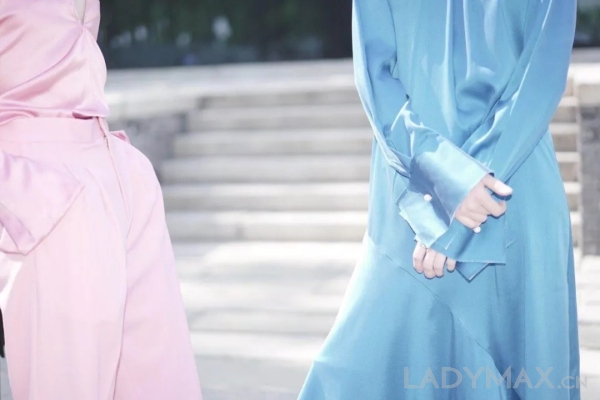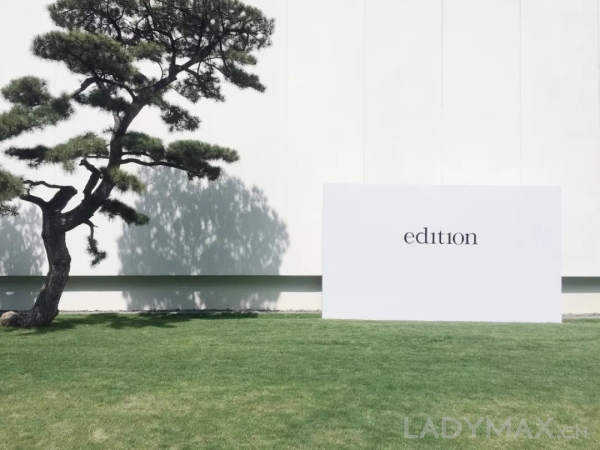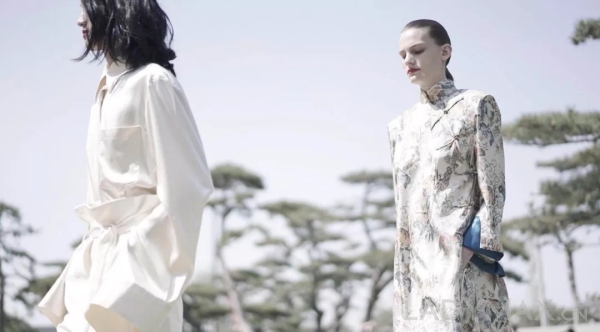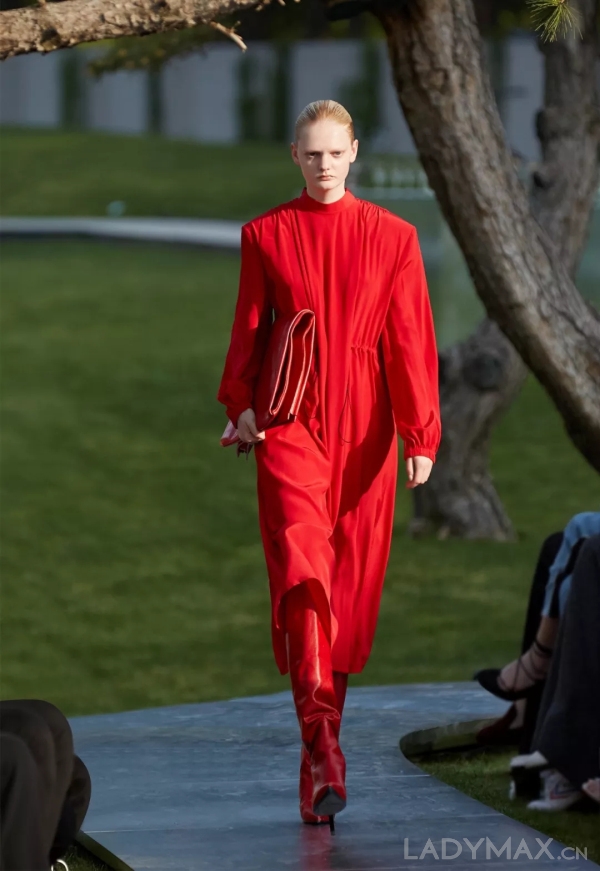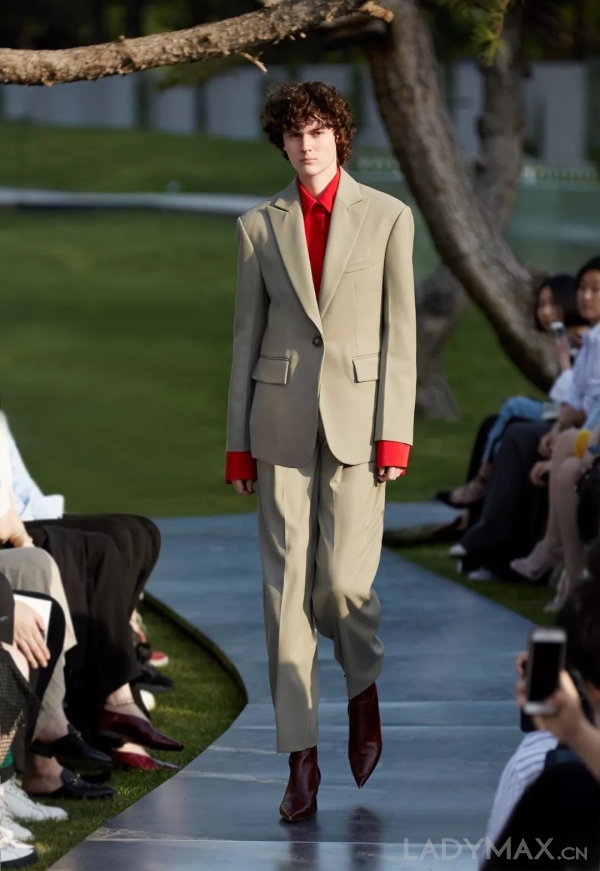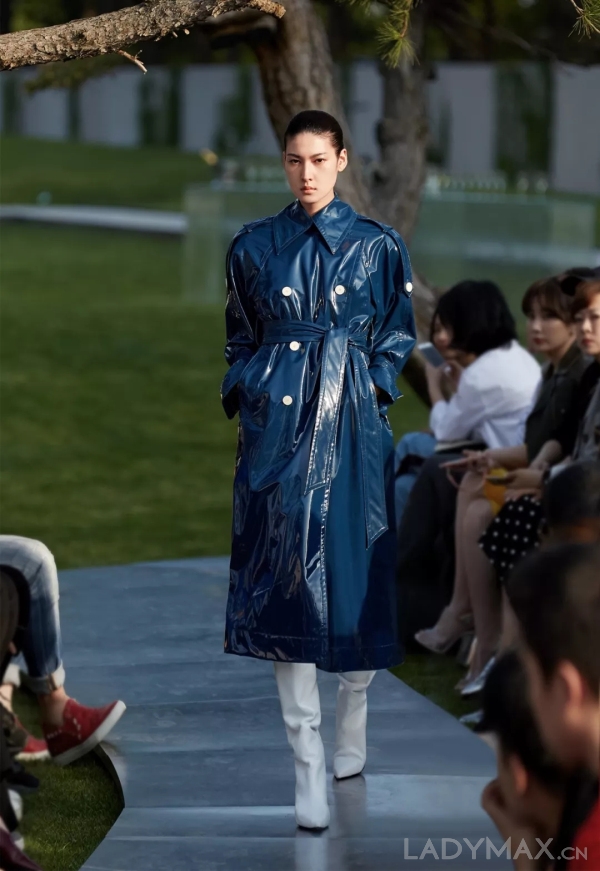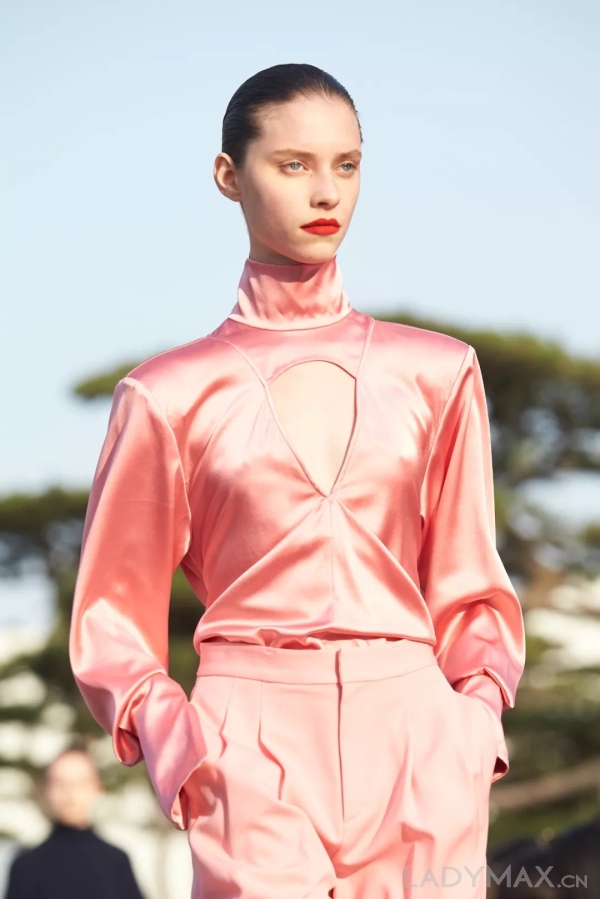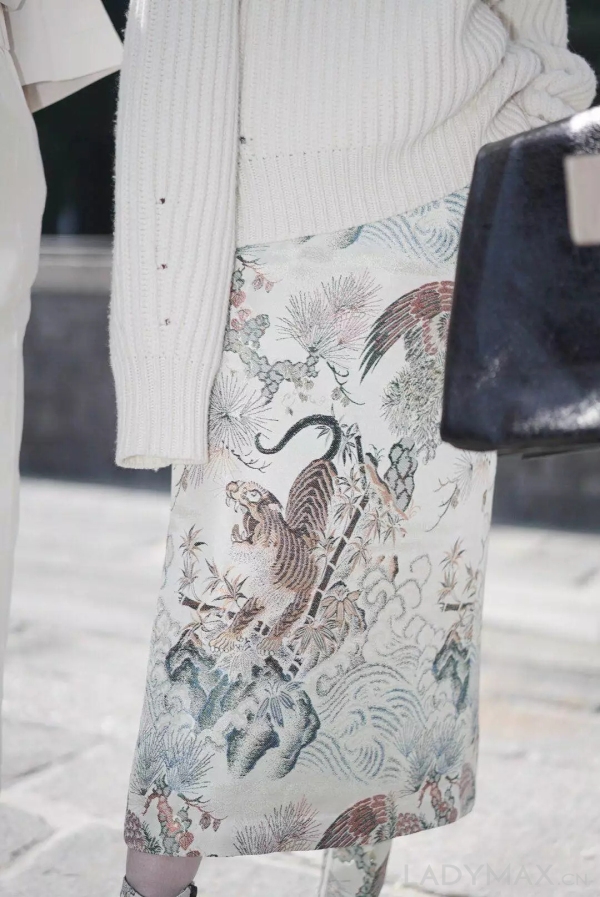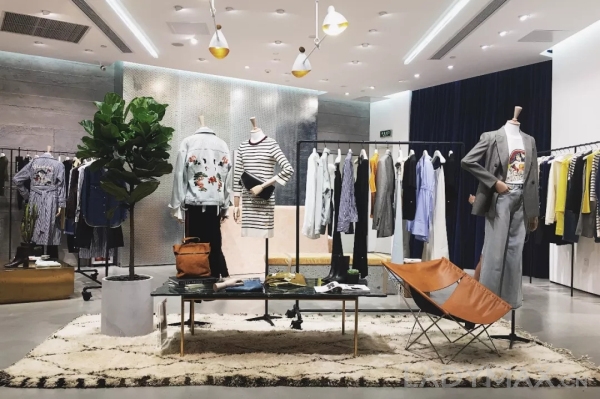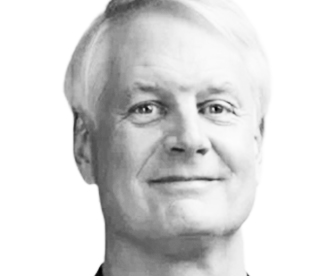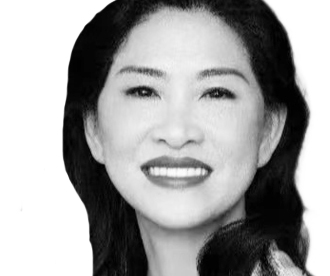By Drizzie
What Edition used is not a pile of superficial oriental symbols, but a refinement of the minimalist and practicable spirit demonstrated by the oriental culture.
With 'brand upgrade' becoming a buzzword in Chinese apparel sector, many people seem to see the prospect of domestic brands and cannot wait to brag about “domestic brands’ rising”.
As the gap between the purchasing habits of consumers from the third- and fourth-tier cities and that of from major cities such as Beijing and Shanghai is narrowing, domestic fashion brands, which resort to expanding retailing channels to lower-tier cities, find it necessary to upgrade their brands to meet consumers’ pursuit for brand value.
The results of more than 4,000 questionnaires conducted by TF Securities Overseas, a research company, showed that Chinese consumers are inclined to spend more money entertainment, fitness and clothing & beauty when their income grows. Consumers pay more attention to the style and quality of the clothes they choose, reflecting a trend from necessity consumption to value and personalized consumption.
However, some analysts said that fledgling domestic fashion brands should avoid being over-optimistic and focus on their brand shortages: the temporary success of few brands doesn’t represent the whole market is getting better. There are inspiring talks and comparisons about Chinese companies and foreign companies’ innovation capacities, the core of the fashion industry.
Despite Li Ning’s debut on the New York Fashion Week, a pioneer of Chinese brands, and the business expansion of Shandong Ruyi Group and Fosun, two Chinese fashion giants, Chinese fashion brands are far from being recognized by the international fashion industry in terms of creativity.
The few leading domestic fashion brands which have completed brand upgrade and are commercially successful are facing a question: what is the next step?
The high-end womenswear brand Edition, part of Guangzhou, China-based EPO Fashion Group, provides a possible answer to this question. On April 26, Edition held the 2018AW fashion show themed Future Opera at the tasteful Song Museum in Beijing, accentuating the brand’s signatory Orientalism artistic concept.
Edition Autumn/Winter 2018
Drawing on oriental aesthetics is not a new idea in fashion. A hundred years ago, French fashion designer Paul Poiret’s described orientalism from the western perspectives. Now people start to reflect on globalization’s damage on culture diversity. As talks about the buzzword “diversity” become kind of politically correct, it is naturally to see local cultures’ return to fashion discourse.
As the press have previously pointed out, Chinese brands which begin with imitating their western peers will eventually return to domestic cultures, a route to look for their own identities. Many choose to weave orientalism into their design. But how to make themselves different from other Chinese peers is a challenge.
What Edition used is not a pile of oriental symbols, but the refinement of the spirits of simplicity and practicality instilled in oriental cultures. For example, velvet and satin, as well as the high saturation colors of red, bright blue, neon pink and deep burgundy in this collection showed that the brand has made full use of the power of the material and colors itself and avoided meaningless overdesign.
More importantly, the theme “Future Opera” represents not the stereotype of the East, but new interpretation being placed in the context of the future.This collection embraces at least two dimensions - the 'East and West' and the 'Present and Future'. The 'Gentlewoman' concept that the brand has proposed since its establishment also explores the balance between 'women and men'. These three dimensions form an interesting tension, or twist as in Western design discourse. Edition has thereby formed an in-depth view of the inspiration of a collection that is rarely seen in domestic brands.
Edition Autumn /Winter 2018
The level of the creativity differentiates an apparel brand from a genuine fashion brand.
Assuming that domestic brands' rising does exist, many brands may have to resort to “going global” once they grow into certain size, then innovation capacity will become an even more critical challenge. Hitting the four major fashion weeks is a manifest of a brand’s creativities. Otherwise, fashion weeks will be no different from trade fairs.
Edition Autumn /Winter 2018
The comments on Li Ning's premiere on the New York Fashion Week are polarized. Therefore, domestic brands which plan to go international should be ready to run the gauntlet of more demanding consumers. Unless they have adequate competence in innovation, maybe it is premature to do so. However, in the domestic fashion market, there are much misunderstandings about contradictions between commerciality and creativity, especially for commercial apparel brands.
Of course, the fashion business has always been a game of commerciality and creativity, whilst the outcome of the game could be a win-win situation. Commerciality featured fledged business operations, marketing capabilities, and fast inventory turnover, can commercialize good ideas at a faster speed.
It is worth noting that Edition reflects on commerciality from the perspective of oriental philosophies, such as sustainability, anti-excessive production and practicality, instead of inspiring orientalism for just a specific fashion season.
Edition vows to continue to focus on and effectively participate in global issues such as eco-environment protection and women’s rights, listen to customers’ innate demands, and cooperate with multiple international sustainable development organizations. The capture of the trend to oppose to “consumerism” and embrace humanistic ideologies proves that Edition has preceded other brands in the discussion of global advanced issues.
This ignites new problems for domestic fashion brands. Can domestic fashion brands actually have a voice in the discussion of serious issues by global fashion industry? Can the brand further escalate from crude consumerism to social responsibility?
Edition has taken the lead in upgrading both brand connotation and commercial performance.
Edition was launched in 2010, an embarrassing timing though. Due to aggressive stance from global luxury brands, Chinese mid-end and high-end womenswear brands have generally felt downward pressure on growth in recent years, with market share constantly being squeezed. Domestic brands had to launch low-priced product lines to cater to young consumers and seek transformation.
The launch of Edition by the EPO Group is bucking the trend as it seeks expansion into the domestic high-end women's clothing markets, with optimism about the demands from mature female consumers for the brands with unique values.
As consumer demands are more diversified and personalized, whoever can make products that precisely meet the niche markets will be the winner in the future. Although most of the brands are struggling to seize the middle-class consumer groups, the overly broad concept of the “middle class” is gradually failing.
As a sister brand of the group's core brand MO&Co., the core consumers of Edition are women aged 25-40 who pursues their personal styles, i.e., the middle class elite females with more purchase power and tasteful styles. Therefore, its position and pricing are higher than that of MO&Co.In addition, Edition has further positioned the group through its “Gentlewoman” and integration of Chinese and Western brand styles, attracting consumers who identify the brand values, as a result, high loyalty to the brand is built.
According to the data provided by the brand, its VIP members grow 180% year-on-year, with as high as 60% of members actually buying the products; More than half of members buy the products again within a quarter after their first purchase, rendering a relatively high brand loyalty and a virtuous circle of brand development.
As of March 2018, there are 160 Edition stores worldwide, and it is expected to increase to 240 by the end of 2018, with 110% sales growth from 2017. It is estimated that by the end of this year, Edition's annual total retail sales will reach CNY 1bn, and the number of stores will increase by 50%, meaning that the brand influence of Edition is expanding rapidly.
A Store Of Edition
For the EPO Group, Edition also shoulders the responsibility of raising brand voice and business performance. It is estimated that by 2020, the EPO Group's total revenue will reach CNY 1.19bn. In addition to Edition, the group also has MO&Co., kidswear brand Little MO&Co., menswear brand COMMON GENDER, and professional makeup brand REC.
The newly launched COMMON GENDER at the beginning of this year embodies the EPO Group’s ambition to channel consumers’ values as well. The brand aims to provide top-quality and long-lasting items for men, focusing on basic items.
From this point of view, besides 'hype' and 'cool', EPO’s brands are on the track of rendering diversified values. It has set a good example to Chinese peers: although financial performance is essential, the key to success is the sustainable development of the brands. Companies which are satisfied with illusions of brand “rising” may collapse eventually.
Although the high-end apparel market is brimming with competitors, there is for sure still sufficient space for unique brands to grow.
更多请微信搜索时尚商业实验室加关注

